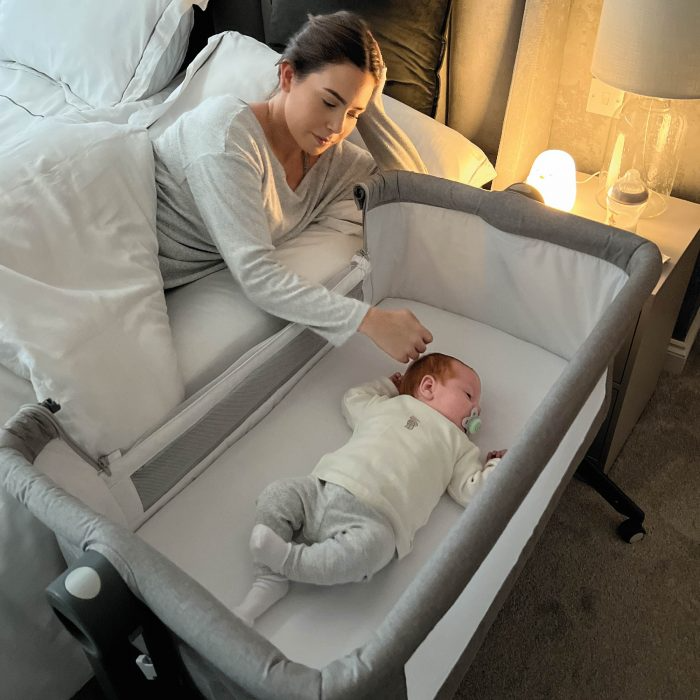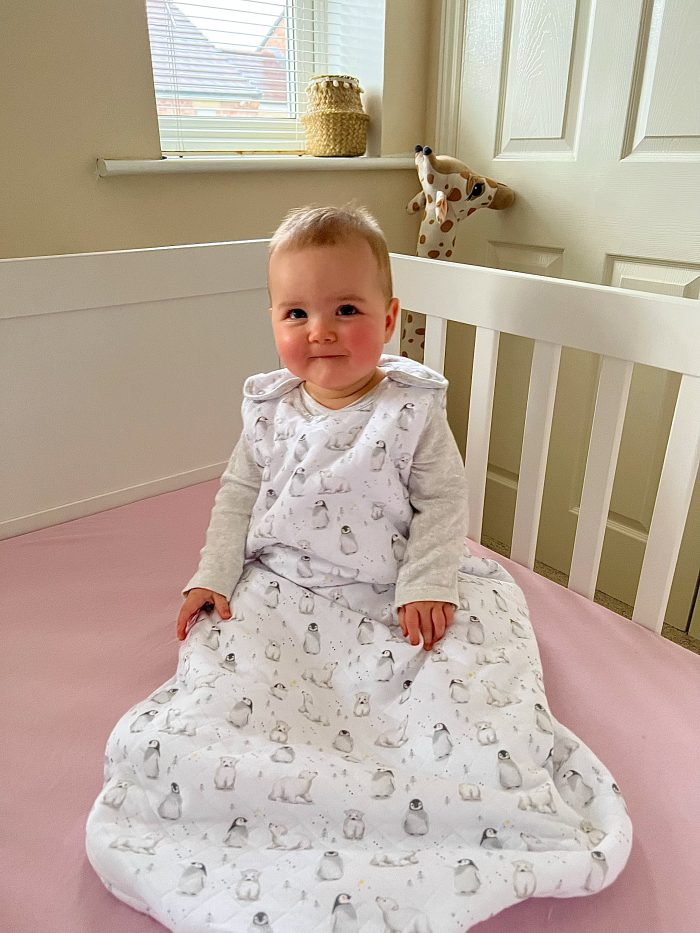Whether you’ve just bought your beloved Sleep By Me Crib or your baby is already home from the hospital, you’ve probably been thinking about where your baby should sleep. Your top priority is to provide your baby with a good night’s sleep and get some rest yourself as a bonus.
It’s essential that you ensure your baby’s safe sleep, and the room plays a vital role. These tips will help you determine the best sleep practices for your newborn.

How long should a baby sleep in your room?
According to NHS Inform, the safest place for your baby to sleep in the first six months is your room.
It’s best that your baby sleeps in a crib, a bassinet, or a cot next to you. Unfortunately, the Sudden Infant Death Syndrome (SIDS) can happen in exceptional cases during their sleep. Each year, around 200 babies die of SIDS in the UK. While there might be some underlying condition, often the cause is unknown. Babies born early and underweight, twins or multiple babies are at a higher risk.
That’s why it’s advised that your newborn sleeps in your room, as you will be able to react quickly if something happens. Nevertheless, sleeping in the same bed as your baby, on a soft mattress, and in an overheated room can increase the chances of SIDS. It’s best to keep the room at a temperature between 16◦C and 20◦C degrees centigrade if possible.
If your baby tends to wiggle a lot in their sleep, the chances of SIDS also increase. Tucking your baby in a Quilted Sleeping Bag will prevent them from that and keep them nice and cosy, thus promoting better sleep.
When can my baby sleep in my bed?
Until your baby reaches six months of age, it’s highly recommended that it sleeps in its own bed in your room. After that, you can consider co-sleeping with your baby, but there are a number of things you need to consider.
- You should never co-sleep with your baby if you or your partner have been drinking alcohol, consuming drugs or pain medication, or smoking.
- Your baby should be lying on their back on a firm mattress
- Remove all pillows, toys, and quilts from the bed. It should be made the same way as their crib.
- Dress your baby in a sleeping bag for warmth and to provide them with their own space.
Parents choose to co-sleep with their baby because it makes the breastfeeding process easier and grants the parents longer sleep.
Nevertheless, there are certain risks associated with co-sleeping, such as suffocation, strangulation, and entrapment, so make sure you provide as safe a sleeping environment for your baby as possible.

When to move your baby to their own room?
After your baby turns six months old, you can move them to their own room. However, it may still seem unimaginable for you to sleep away from your baby, and some parents like to wait until later.
When you first move them to their room, make sure you spend at least a couple of hours with them before leaving. Babies at that age tend to develop separation anxiety, so it’s important to know how to handle that well. When they start crying and protesting against you leaving the room, pick them up and comfort them. Do this as many times as needed until they calm down and drift off to sleep. That way, you will prevent them from developing severe separation anxiety.
Make sure you keep with their sleep routine and cues when they move into their room. Do pleasant and quiet activities in their room, such as feeding, singing, massaging, and napping. That way, they will start associating it with calm and comfort, helping them fall asleep faster and have a more peaceful rest.
Your baby’s sleep is not rocket science, but you need to ensure that you’re providing them with the ultimate sleeping environment that helps them enjoy the world of dreams better. It’s important that you follow your baby’s sleep guidelines to promote safe and healthy sleep.
